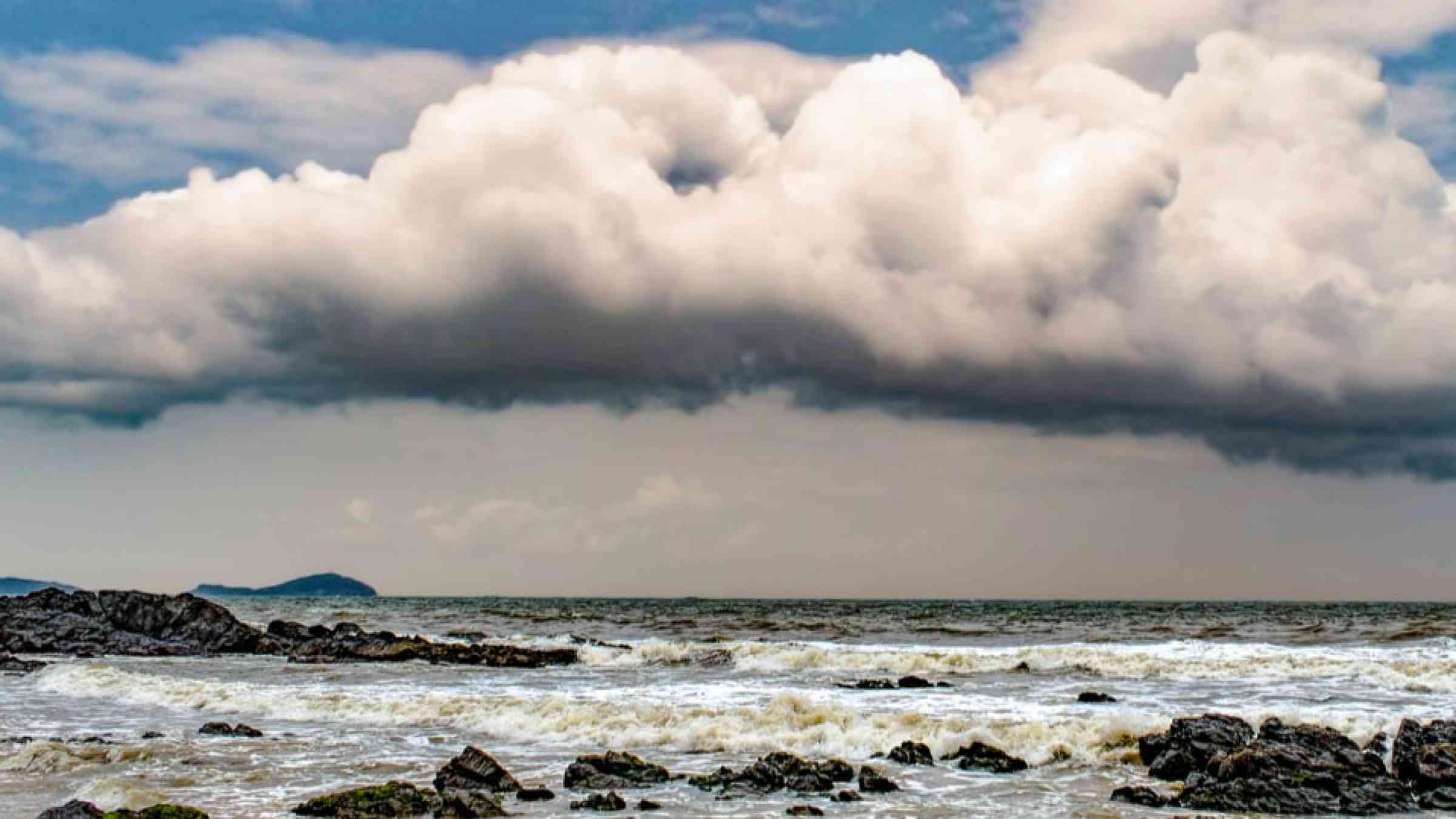Meteorologist explains how climate change will affect the back-and-forth La Niña, El Niño weather patterns

Scientists do expect rising global temperatures to influence the weather patterns known as La Niña and El Niño—but just how strong that influence will be remains unclear. Much will depend on the many other variables that play a part in our daily weather and long-term climate.
[...]
During El Niño years, warm Pacific Ocean waters near the equator push warm, tropical air into our region. The pattern is most noticeable in the winter months and generally means a warmer and drier season. We're currently in an El Niño year, so you might be noticing some of those effects.
[...]
Think of La Niña as the mirror image to El Niño. Cool ocean waters in the tropics push colder air into the Pacific Northwest. Again, most noticeable during the winter months, it generally makes for a colder and wetter season.
[...]
Put simply, climate change—caused by humans burning fossil fuels—is warming the atmosphere. So it's likely to compound the warming effects of El Niño and lessen the cooling brought on by La Niña, said Aaron Levine, a research scientist with UW, who holds a doctorate in meteorology.
[...]